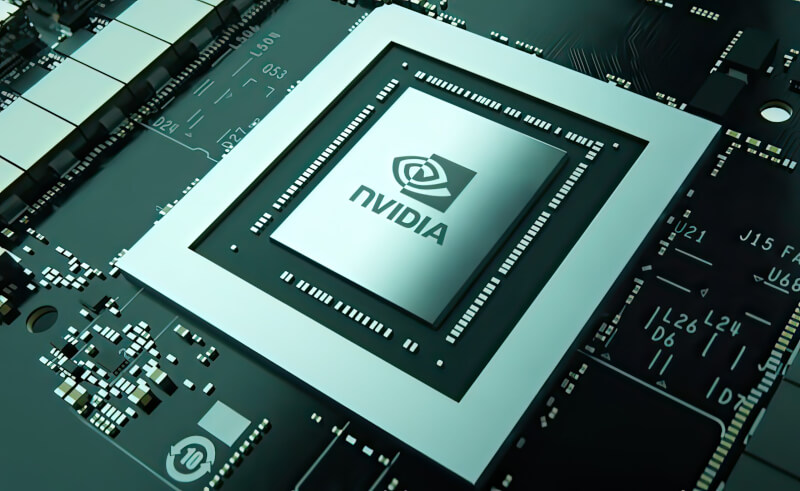NVIDIA launches RTX A400 and A1000

NVIDIA has expanded its range of professional workstation GPUs by introducing the RTX A400 and RTX A1000 models. These entry level cards, based on the Ampere architecture, are the first in NVIDIA's low-end desktop professional graphics line-up to feature Tensor Core and RT Core technologies.
Both the RTX A400 and RTX A1000 are built on Samsung's 8nm GA107 core and are designed to operate within a 50W thermal design power (TDP). They use active cooling systems and adhere to the half-height, half-length (HHHL) form factor. Each card is equipped with four Mini DisplayPort 1.4a outputs.

These new models are positioned to replace the T1000 and T400 GPUs launched in 2021, which were among the last NVIDIA professional GPUs not to carry RTX branding. The RTX A1000 in particular offers a significant performance boost, delivering more than three times the speed of generative AI processing compared to its predecessors. In addition, its RT Core improves the efficiency of applications in CAD, video editing and other professional fields.
The specifications for RTX A400 and RTX A1000 are as follows:
RTX A1000:
2304 CUDA cores, 72 third-generation Tensor Cores, 18 second-generation RT Cores, a boost clock of 1460 MHz, 8 GB of 12Gbps GDDR6 memory across a 128-bit interface, along with 2 NVDEC decoders and 1 NVENC encoder .
RTX A400:
768 CUDA cores, 24 third-generation Tensor Cores, 6 second-generation RT Cores, a boost clock of 1755 MHz, 4 GB 12Gbps GDDR6 memory across a 64-bit interface, with 1 NVDEC decoder and 1 NVENC encoder.
The RTX A1000 is already available through NVIDIA's global distribution network, while the RTX A400 is expected to hit the market in May, with wider availability from manufacturers in the summer.
Latest graphics card
-
20 Margraphics card
-
13 Jangraphics card
ASRock B580 Steel Legend
-
07 Jangraphics card
ASUS showcases new AMD RX 9700 graphics cards
-
07 Jangraphics card
ASUS ready with large selection of RTX 50 graphics
-
07 Jangraphics card
Nvidia Reflex 2 reduces gaming latency
-
07 Jangraphics card
Nvidia launches DLSS 4 with the new RTX 50 series
-
07 Jangraphics card
Nvidia RTX 50 series is ready
-
07 Jangraphics card
Nvidia launches RTX 5090 at CES
Most read graphics card
Latest graphics card
-
20 Margraphics card
ASRock RX 9070 Steel Legend
-
13 Jangraphics card
ASRock B580 Steel Legend
-
07 Jangraphics card
ASUS showcases new AMD RX 9700 graphics cards
-
07 Jangraphics card
ASUS ready with large selection of RTX 50 graphics
-
07 Jangraphics card
Nvidia Reflex 2 reduces gaming latency
-
07 Jangraphics card
Nvidia launches DLSS 4 with the new RTX 50 series
-
07 Jangraphics card
Nvidia RTX 50 series is ready
-
07 Jangraphics card
Nvidia launches RTX 5090 at CES






